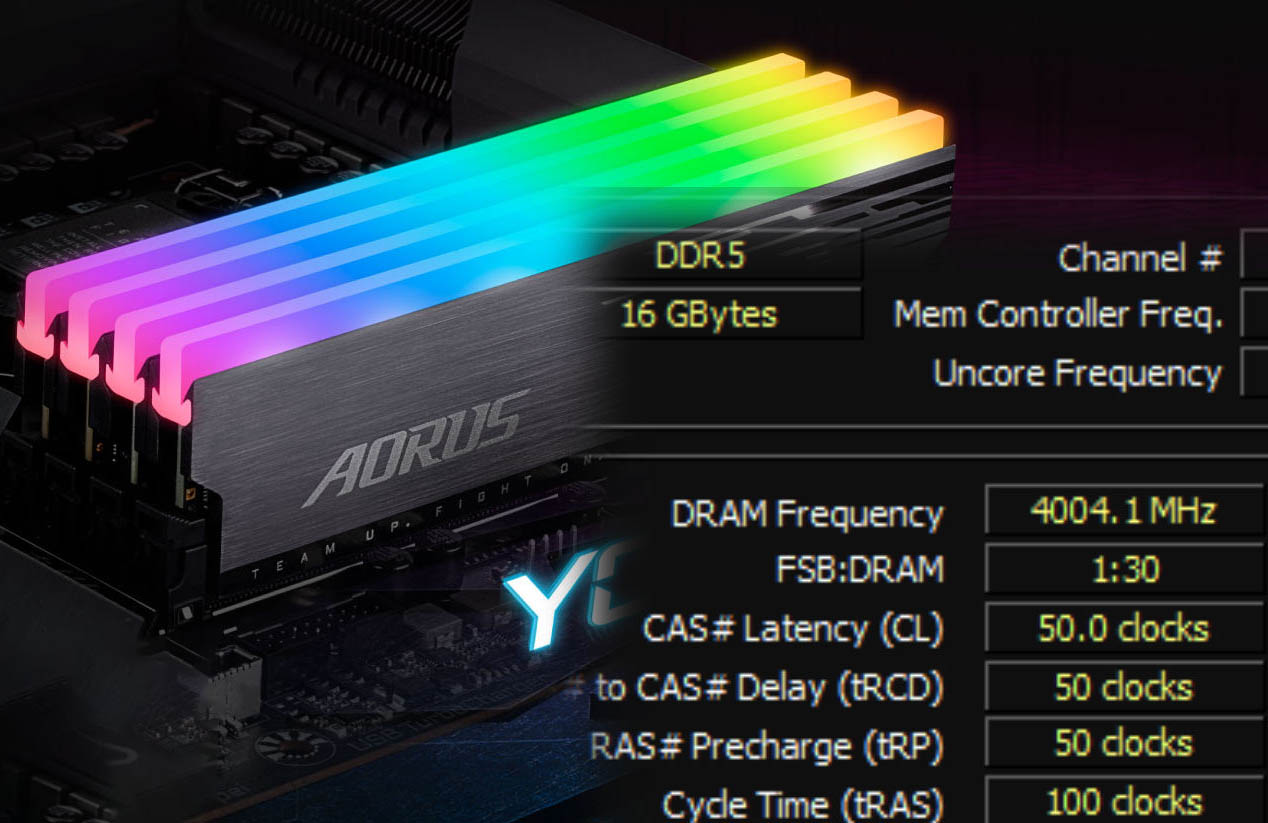If you double the clock rate of memory you double the latency when measured in memory clock cycles - but it remains the same in nanoseconds which is what matters for the CPU.
Initial batches of a new memory technology are always targeted at the early adopters with deep pockets. Sorry gamers, that's not you! They are targeted at servers and HPC, so they have pretty conservative timings, and they have no reason to bin them right now because the HPC and server customers don't buy overclocked and aggressively timed DRAM like gamers do. That's why DDR5 looks worse than DDR4 right now - because you are comparing conservatively timed DDR5 with the heavily binned, aggressively timed and overclocked DDR4 you can buy.
Once DDR5 production is high enough for them to satisfy the HPC/server market and start thinking about binning they'll find some chips that test out to operate at higher clock rates and lower latencies and sell them in overclocked and aggressively timed DIMMs to gamers. Same thing happened with the DDR4 transition, and the DDR3 transition, and ...



